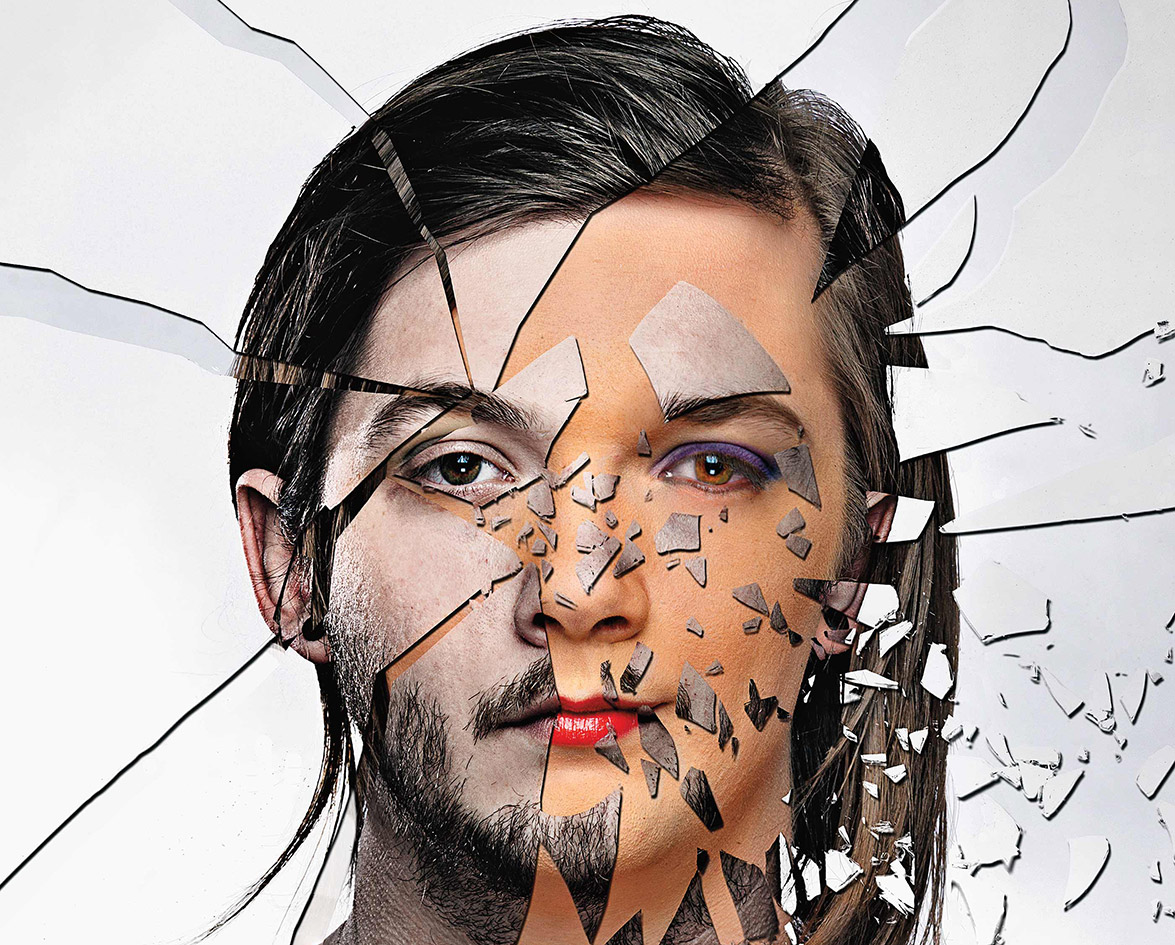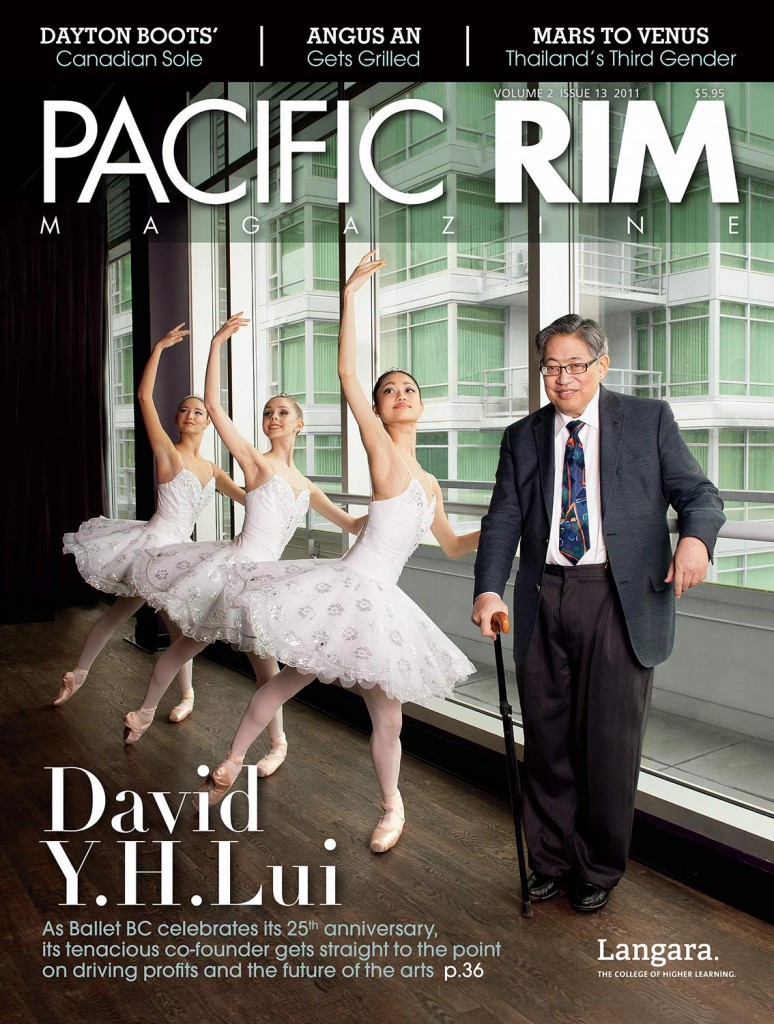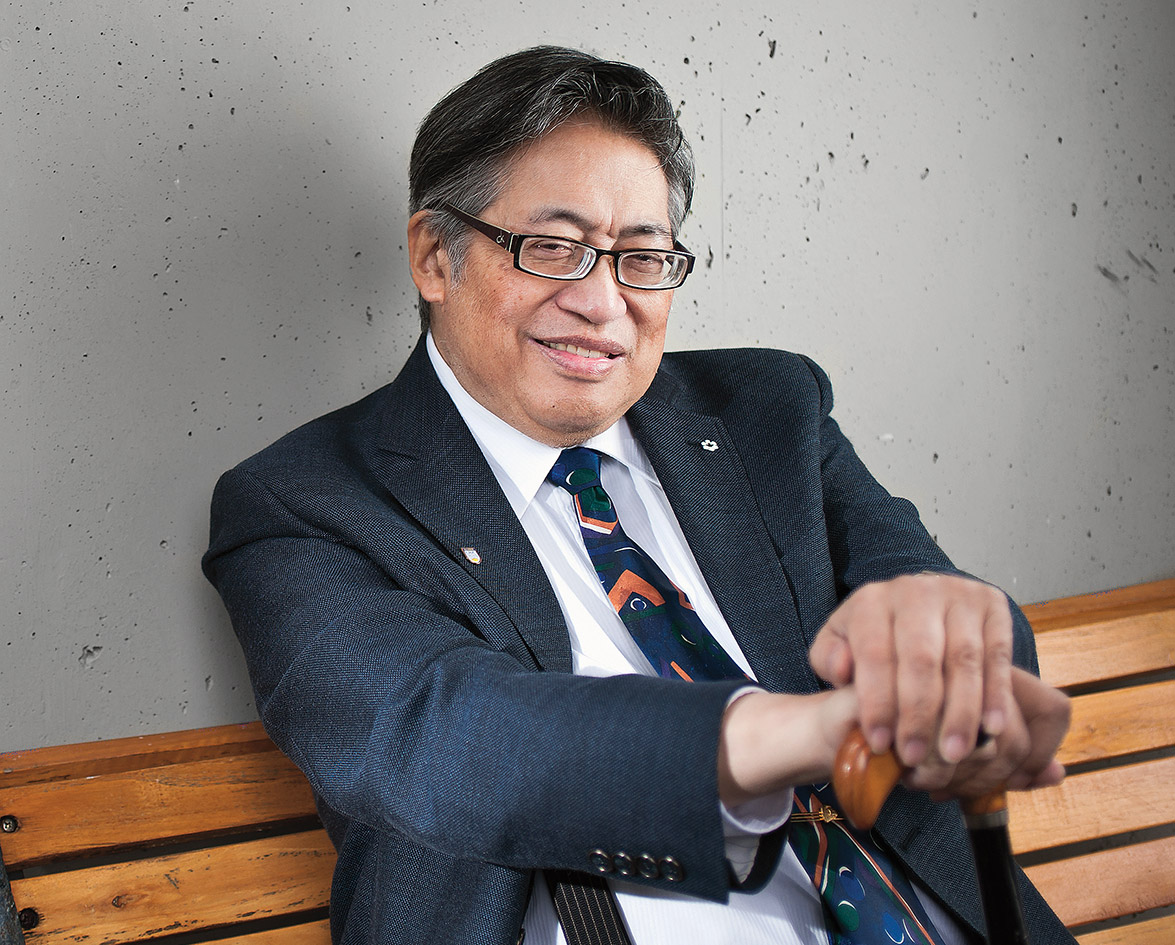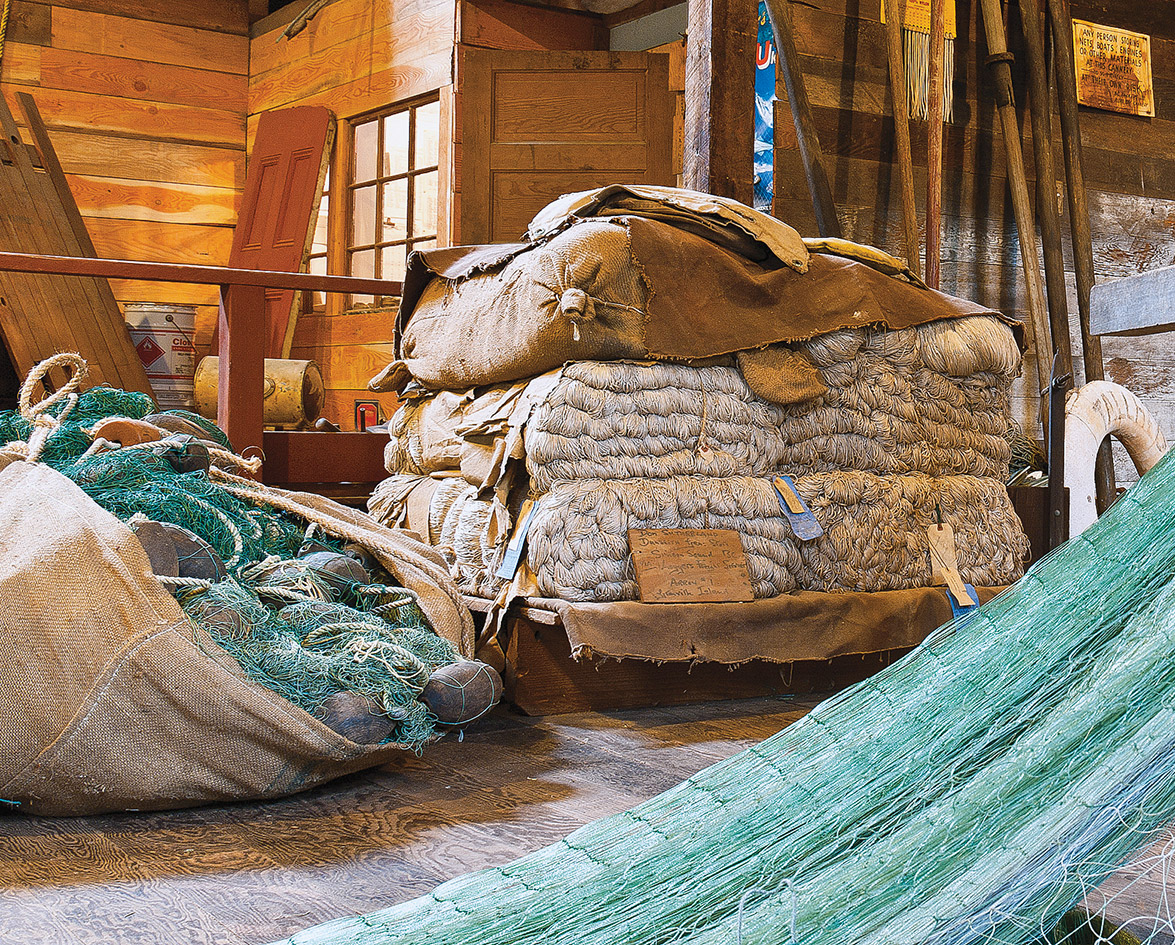My uncle Gary and my cousin Ambur and I are having dinner at Mr. Wee’s, a popular pizza restaurant on the Thai island of Koh Lanta. It’s the first time that Gary and Ambur have been to Thailand, and they are in love with the laid-back island life that I have been living for the past five years. A server stops by to drop off our fresh banana shakes; her long manicured nails graze each glass as she gently places them on the table. Ambur’s eyes widen as she takes in the server’s appearance: tall and thin, and with long black silky hair, equally long eyelashes, and cherry red lips.
Gary smiles at the server, while Ambur leans toward me and whispers, “Is that a man?”
“Welcome to Thailand,” I say.
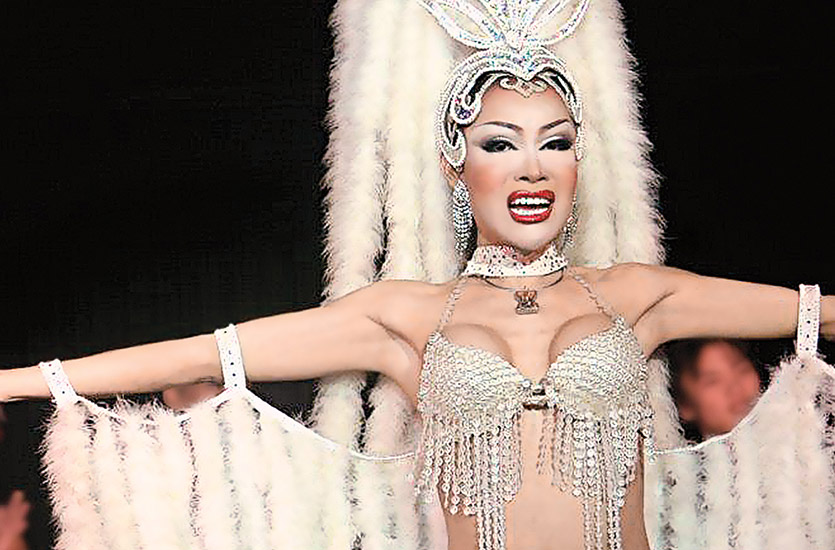
It is easy to forget how unique the transgender ladyboys are to Thailand after living there for so long. Even the term “ladyboy” is commonly used and accepted among Thai people. Ladyboys are a part of daily life, as many lead very public lives as waitresses, hairdressers and shop owners. Even one of my colleagues at a local dive shop is a scuba diving instructor by day and ladyboy entertainer by night. I let my family debate the sexuality of our server for a while and then finish my shake. Soon we will be heading to a local club to watch the latest ladyboy cabaret show.
We arrive just as the show is getting started. We scurry to our seats near the back of the room while Whitney Houston is pounding out of the speakers and spotlights are flashing across the stage. A tall, sparkling, full-breasted woman is poised on stage, mimicking each dance move and mouthing each word perfectly. Caught up in the action, we sit entranced as each entertainer gets on stage to perform near-perfect impersonations of Marilyn Monroe, Madonna, Beyoncé, Christina Aguilera, and Shakira.
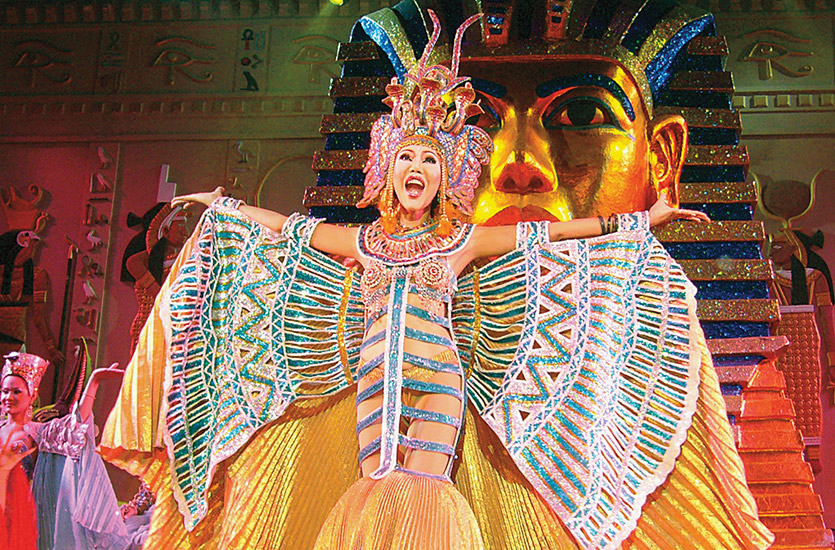
Gary is hooked. “Those girls are amazing,” he says. “They look like the real thing, even though they’re Asian.”
I am waiting for the “even though they are men” line, but he still hasn’t clued in. At the end of the hour-long performance—which includes Cleopatra, an African jungle dance in glow-in-the-dark body paint, and a Las Vegas style feathered dancer—we are disappointed it is over. We file out into the corridor to have our photos taken with the stars. Even up close, however, Gary doesn’t realize that the performers are all ladyboys. When he gets a few kisses on the cheek from Cleopatra, I decide I just can’t hold it in any longer.
“You guys realize these are all men with sex changes, don’t you?”
Gary stares at me in disbelief, while Ambur breaks out in giggles knowing she has some good blackmail material for when they get home. I guess that’s why the Thai ladyboys have become so famous: they are almost too convincing.
Ladyboy Culture Becoming More Widespread
While Thailand is the centre of the ladyboy culture, its popularity and acceptance has started to expand worldwide. During a subsequent visit to Vancouver I learn of Caterina Chu, an accomplished scriptwriter, director and producer who is part of the Vancouver-based film and entertainment team, Chine Promotions Inc. In 2004, she decided to organize her own troupe of ladyboy performers called Bangkok Ladyboyz, and brought them to Vancouver to perform.
Through an email interview, Chu describes her thoughts after seeing her first ladyboy show in Bangkok. “After I learned of the life of transgender people, I thought I should let them shine more by giving them a chance to perform outside of Thailand.” I was curious as to what the Vancouver reaction to these performers was. Chu says the troupe was well received in the few local bars they performed in, and were even invited to dance at Richmond’s River Rock Casino.
After watching the trailer for Bangkok LadyBoyz, it’s impossible to tell that the performers were ever men. They all look like models, with perfect skin, wide eyes, silky hair and tiny, curvy bodies. Chu recruited her ladyboys from a few well-known clubs in Bangkok, choosing them for their strong voices, sexy dance moves and stunning looks. It was those features that helped Chu in her bid to move the show to Vancouver, convincing the Canadian Embassy in Bangkok that the ladyboys were in fact performers and artists, and not prostitutes. Chu admits that it was a challenge to bring five women into Canada whose passports all stated that they were men.
“I actually wrote [Canada] Customs a letter letting them know there would be five ladies coming in with passports saying they are male,” Chu says. “Customs gave me a call while I was waiting outside to tell me my ladies had arrived. I think people nowadays are more open. Of course there are bound to be some [ignorant people], but generally, most people are just curious about their lifestyle.” Chu adds that the ladyboys did a very good job at the interview, singing a few lines and showing off some dance moves to erase any lingering doubts that the customs agents may have had.
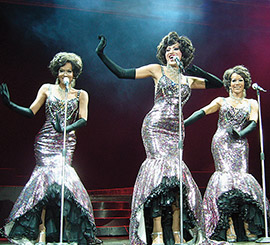
Financial And Emotional Support Hard To Come By
Whether or not Vancouver is a welcoming place for transgender people, there’s little doubt that going through a sex change is a difficult transition. In addition to the overwhelming physical changes to the body, many struggle with costs associated with the procedures, as well as meeting the lengthy criteria to be eligible for B.C.’s Medical Service Plan (MSP) coverage. A report in the Montreal Gazette recently detailed how only one in 30,000 Canadian males seek sex reassignment surgery (SRS). A Vancouver transgender specialist that I meet, Beth Johnson (not her real name), believes that the number is higher.
Johnson is about 50, with slight graying hair, kind eyes and a big smile. Although stockier in build, there is little about her that indicates that she is transgender. Around 10 years ago she completed full SRS and closed forever her life as a man. Johnson states that Vancouver is “one of the best places in the world” to be transgender. When asked about the city’s level of tolerance, she compares the harassment towards transgender people to the type suffered by obese people: uncomfortable stares, but rarely much else.
Although there are groups available for support, they are not always easy to find. One of the problems for Vancouver’s transgender community is that government funding was decreased in 2002, forcing the Provincial Gender Clinic to close its doors that same year. (One of the clinics previous clients says his surgery was halted as a result of the closure.) Now, most transgender education and outreach programs are routed through two major agencies: Vancouver’s Coastal Health Transgender Program and the Trans Alliance Society. Johnson’s personal experience required her to interact with Vancouver Coastal Health’s Transgender Clinic. She feels strongly that health agencies have become more administratively based than community based. For instance, such agencies are often so consumed with meeting budgets and processing paperwork that not enough resources are used for implementing patient sensitivity training. The result is an impersonal and sometimes insensitive relationship between the doctor and patient.
It is much easier for transgender people who come from wealthier backgrounds to take the leap, Johnson says. Initial transgender treatments are definitely not cheap. For example, Johnson states that a hormone readiness assessment costs about $500, and that a mandatory mental health assessment by a psychiatrist or psychologist is required. If an MSP-covered psychiatrist is not available, then having a psychologist do the assessment can cost up to $150 per hour. If the individual can meet these requirements and other strict criteria set by the Gender Reassignment Surgical Review Committee, male-to-female SRS may be funded by MSP; however, people seeking female-to-male SRS are not eligible for funding. According to Johnson, the cost of female-to-male SRS in Canada can reach up to $60,000. In comparison, prices for the same surgeries on some Thai surgeons’ websites are listed as less than $10,000. Thailand, with its numerous SRS surgeons, has, as a result, become one of the most popular places in the world to get the operation.
Dr. Cameron C. Bowman is the only fellowship-trained surgeon in western Canada who is able to perform SRS. However, the Vancouver-based doctor has focused his practice mainly on plastic surgery. Johnson believes that this is because of the difficulty in obtaining operating room time for SRS in Vancouver. Johnson suggests that the majority of SRS surgeries take place in Montreal at the Centre Metropolitain de Chirurgie (CMC). According to the CMC website, their two surgeons perform over 200 surgeries annually. The waitlist for surgery in Canada can exceed one year.
Thailand Progressing In Cultural Acceptance
While Vancouver and the rest of Canada is still trying to sort out how to accommodate transgender people—not just in terms of offering support services and medical help, but also in broader cultural acceptance—Thailand is showing signs of progress in accommodating its third gender. For example, Kampang Secondary School and the Chang Mai Technology School in northeast Thailand have begun designating transgender washrooms for their students. According to a 2008 BBC report on Kampang, headmaster Sitisak Sumontha estimates that 10 to 20 percent of his male students consider themselves transgender.
No one is completely sure why there are so many ladyboys in Thailand. Some say it may be linked to the nurturing, tolerant nature of the country’s dominant Buddhist religion and the notion of karma. Others, such as Vancouver writer Craig Takeuchi, credit ancient myths from northern Thailand that describe how a woman created the world, met a man and had three children with him: a girl, a boy, and a hermaphrodite.
While many ladyboys argue that they are not as socially accepted as it may seem (since many stereotypes and forms of abuse are well hidden), they appear to be more accepted than in many western countries. Thailand is probably the only country in the world where men can live their lives as women and most people won’t even give them a second glance. Although Thailand seems to be a haven for the ladyboy lifestyle, headmaster Sumontha points out that “tolerance is not the same as acceptance.”
Walking along the beach in Koh Lanta, the golden sand curls under my toes and the waves crash rhythmically against the shoreline. I order my usual banana shake and mixed-fruit pancake with honey. My server’s lips are painted soft shades of petal pink and rose red. I think back to Vancouver, and wonder if the ladyboy lifestyle will ever be as common there. My banana shake arrives, adorned with a fresh violet orchid. I twirl the tiny blossom in my fingers, pushing and kneading at its petals to make sure it’s real. It looks like an orchid, and smells like an orchid—it must be an orchid. Who’s to say otherwise?





